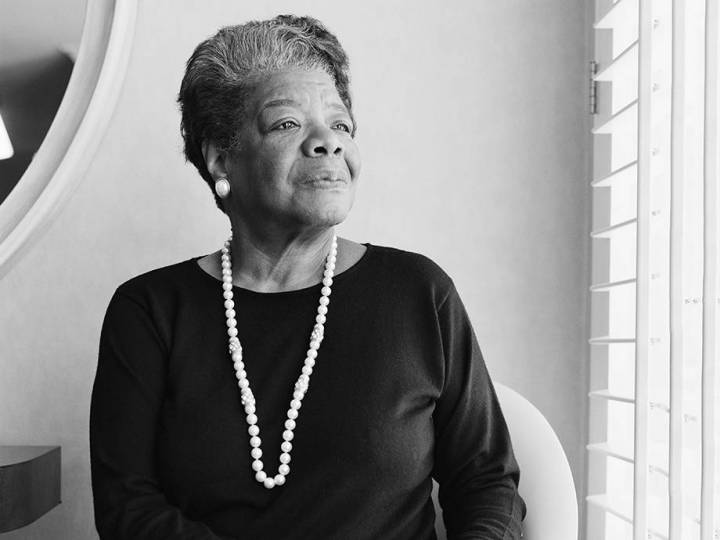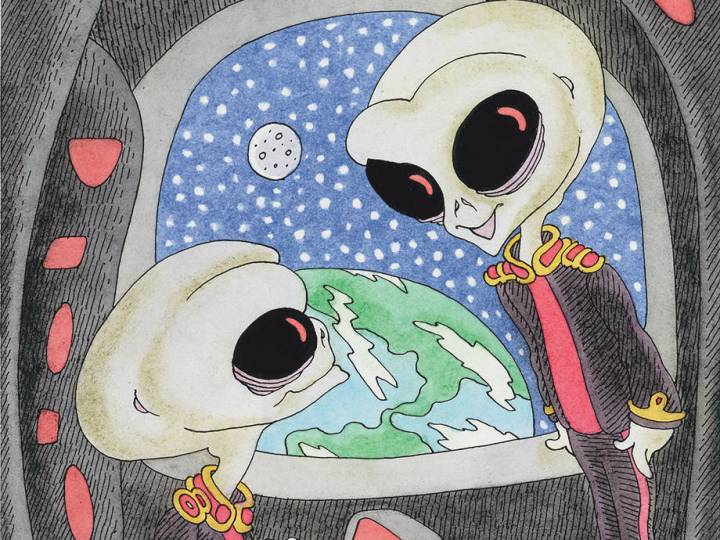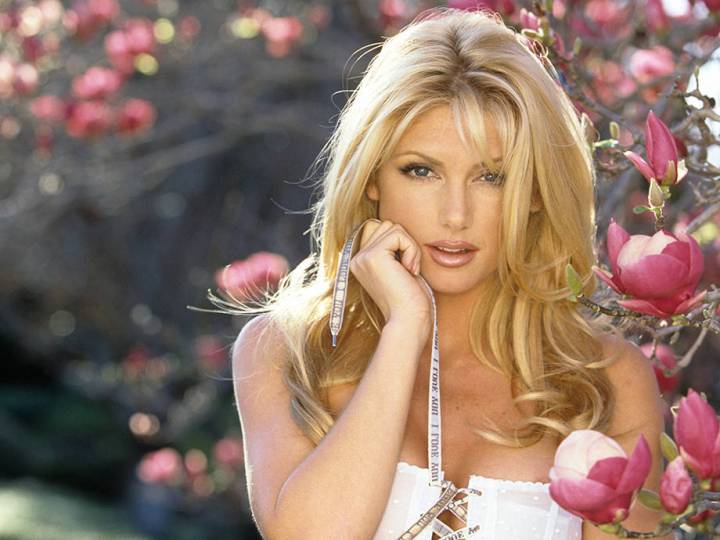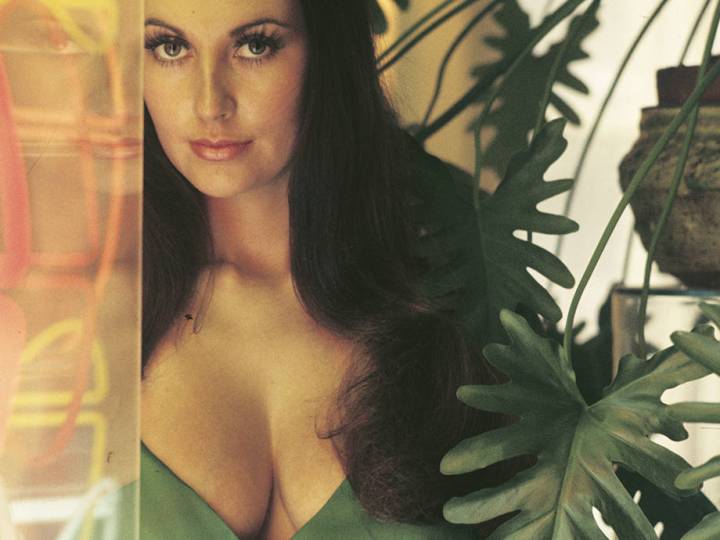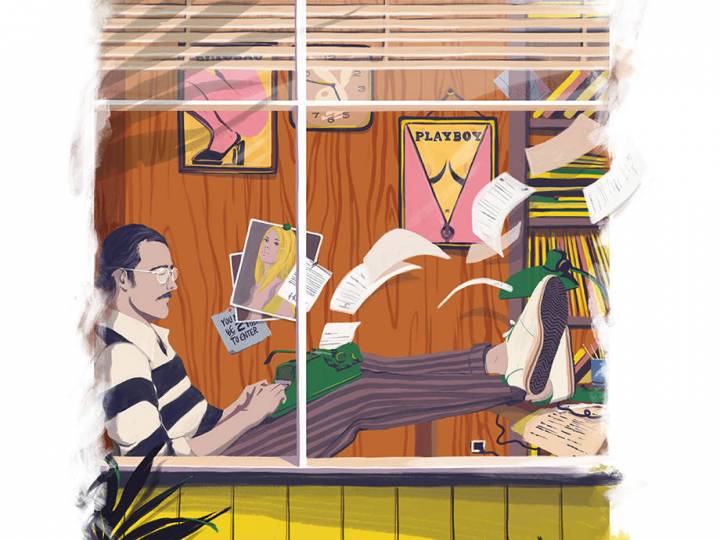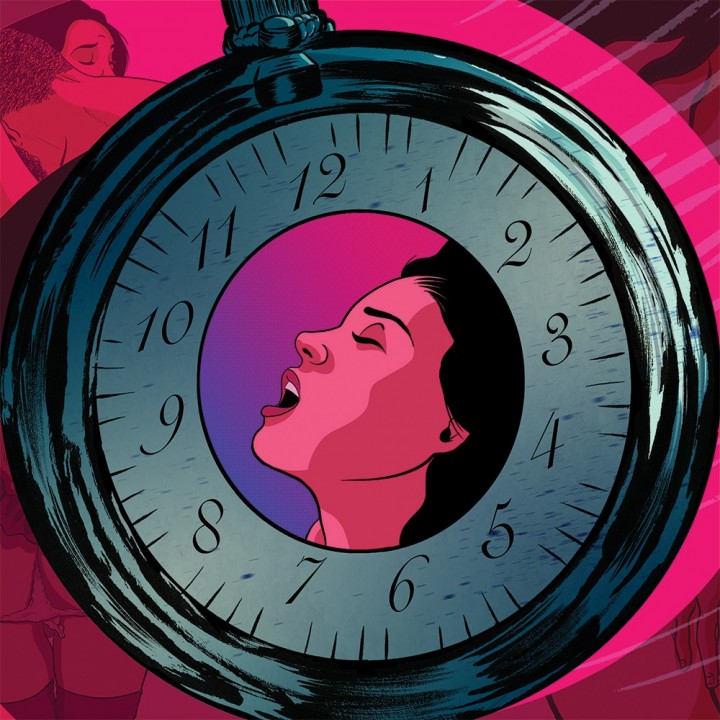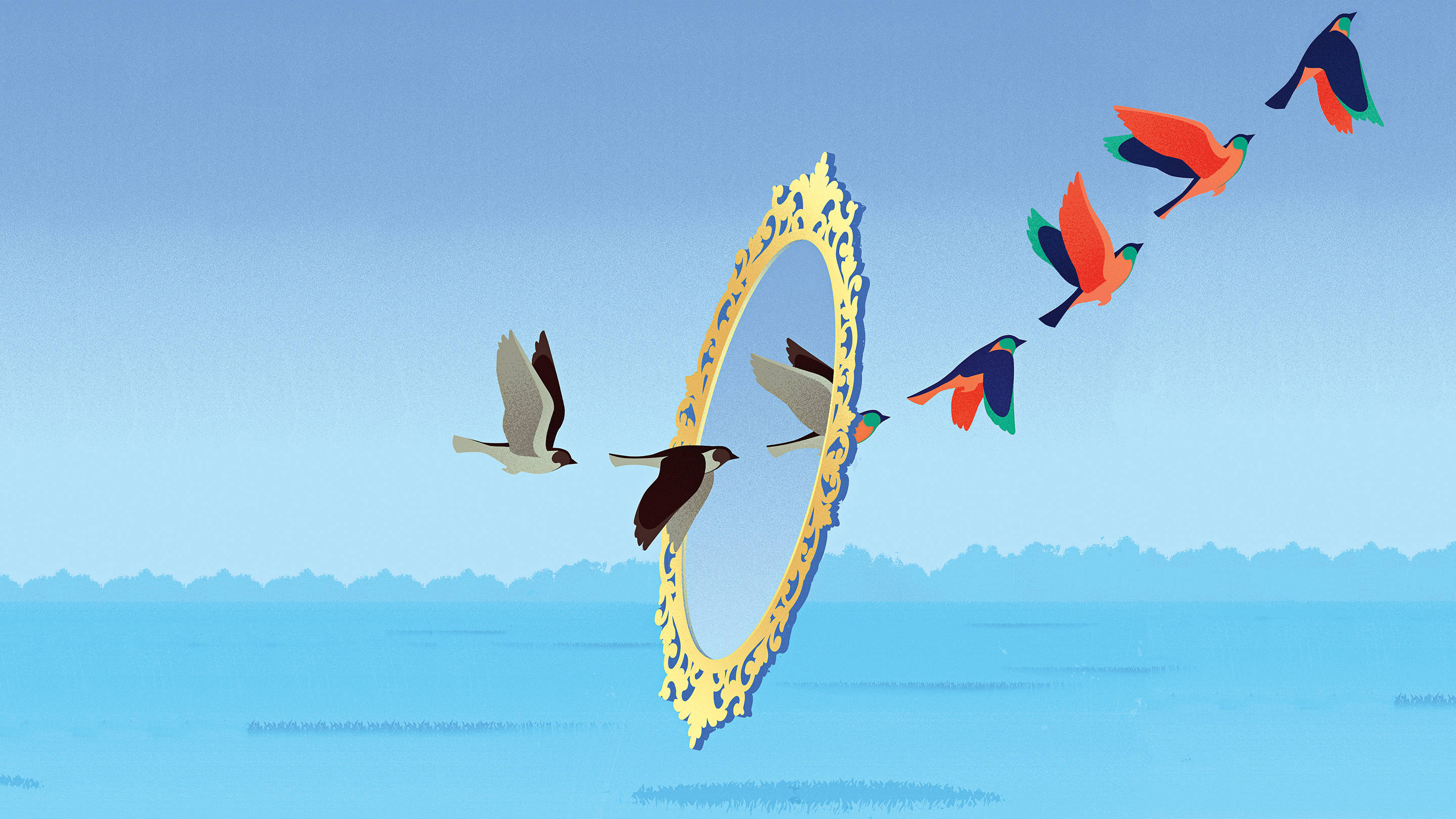
Through the Looking Glass
Fighting to be seen can mean contending with being misheard
In 1979, famed composer Wendy Carlos came out as trans in the pages of this magazine. This was no small thing. By the time she sat down with journalist Arthur Bell for the Playboy Interview, Carlos had won three Grammy Awards for her 1968 synthesized take on Bach and scored Stanley Kubrick’s A Clockwork Orange. Playboy’s nearly 14,000-word piece—billed as “a candid conversation with the Switched-On Bach composer who, for the first time, reveals her sex-change operation and her secret life as a woman”— elicited sympathetic letters from readers and was arguably groundbreaking.
If Americans had heard of a trans person at all at the time of the Carlos interview, it was probably Renée Richards, who in 1976 and 1977 had fought to continue playing tennis after her transition, generating a major controversy in women’s sports. For refusing to abandon her desire to play professionally, Richards was called an “extraordinary spectacle” in Sports Illustrated, shortly before a 1977 New York Supreme Court ruling confirmed her right to compete “as female.”
Erasure—ignoring or dismissing trans people and their contributions—is why most people today, when they think of the pivotal 1969 Stonewall riots, don’t remember the many trans women of color who were on the front lines. Erasure was the primary weapon used against trans people 40 years ago, and when it didn’t work, dehumanization became the norm. Despite existing across cultures and millennia, trans people, the new cultural narrative went, threatened the “natural” order of things. Two years after the Richards ruling, Carlos, who’d made the occasional public appearance as “Walter” despite having completed her medical transition in 1972, was understandably wary about making her trans status public in a landscape that was hostile and othering—that is, dehumanizing through marginalization—in its treatment of trans women. (Trans men then, as now, didn’t much figure into the cultural imagination.)
There’s a lot to learn from Carlos’s graceful and humane responses.
But there’s a lot to learn from Carlos’s graceful and humane responses to the often anthropological and ill-informed questions. (At one point, Bell asks her to describe her bottom surgery in gnarly medical detail. She does so reluctantly and “utterly without emotion”—a reasonable response to the likely humiliating task of describing the most intimate part of her body not only to a stranger but to a huge, unknown audience of readers.) All these years later, it’s painful to read her insistence on herself in the empathy vortex of the interview. In a direct dig that Bell seems not to notice, she says, “Being a transsexual makes me a barometer of other people’s own comfort with themselves. Those who aren’t sexually at peace with themselves tend to be the most uptight around me.” At one point, he asks if she had “any idea” what would have happened if she’d not transitioned. “Yes,” she responds, with a frustration I’d wager almost any trans person can relate to, “I’d be dead.”

Coming Down to Earth With Tyler Blackburn
The star of the CW's 'Roswell' reboot isn't a poster child of anything but his own path
As a trans author and journalist, I’ve spent the past decade or so holding my nose and digging into our history in an attempt to understand where I learned there was something wrong with being who I am. That shame, which took me years to overcome, delayed my transition into adulthood and nearly killed me. And without fail, I’ve located it in the framing of our stories—the othering that is the hallmark of the many movies, articles and books that defined the trans experience with little to no input from actual trans people. It may be hard to remember in the era of Pose and Orange Is the New Black, but until recently, when we showed up in the American imagination we were either tragic victims (Boys Don’t Cry), villainous shape-shifters (The Crying Game) or straight-up villains (The Silence of the Lambs).
As for Carlos, I wasn’t able to speak with her for this story. A representative directed me to her website, which gives “Playboy magazine editors” a negative rating on her short list of “people and publications who have betrayed a cruel indifference to anyone’s interests but their own.”
The shame of journalism past is rooted, almost always, in the inability of reporters to see their own biases.
The good news is that the rise in digital and social media has vastly expanded opportunities for trans people to tell our own stories and to change the conversation—away from limiting and dehumanizing scripts about genitals and surgeries and toward bigger and broader questions: What is gender anyway? How does it define how we see the world and how the world sees us? What is a “real” man or woman, and who taught us to think of ourselves that way? How does race complicate gender identity? What about class?
These are questions for every body—and I believe that our shared humanity makes gender a rich framework in which to explore culture, trans or not. The shame of journalism past is rooted, almost always, in the inability of reporters to see their own biases. Given that, journalists who speak to trans subjects may want to look in the mirror first for some personal reflection. For my part, it took 30 years before I saw myself in my reflection.
Can you imagine?



